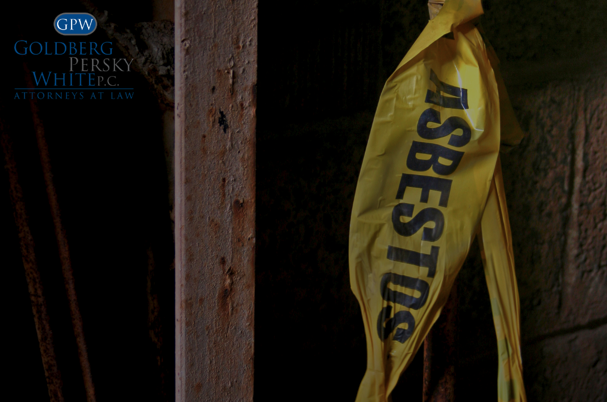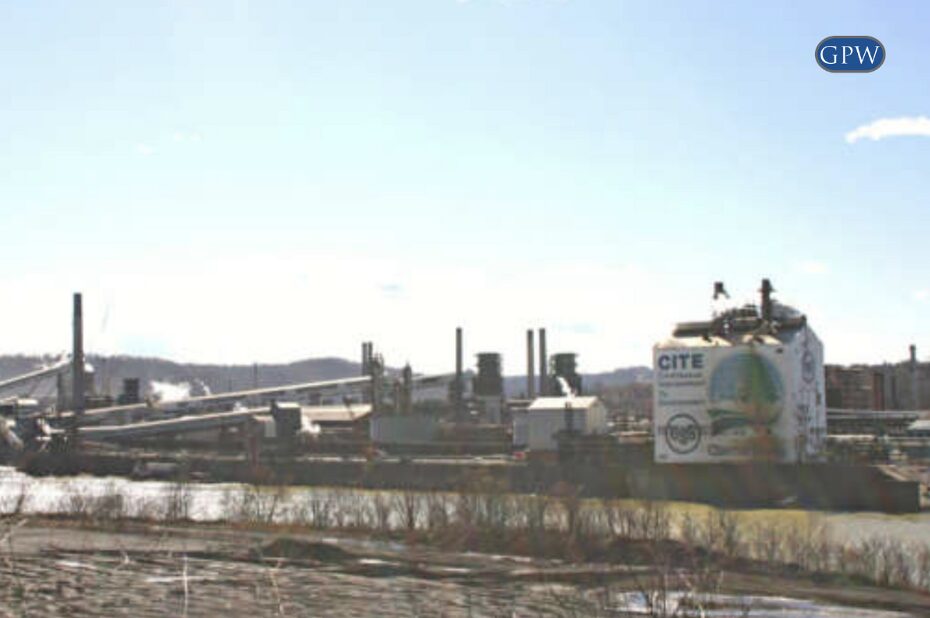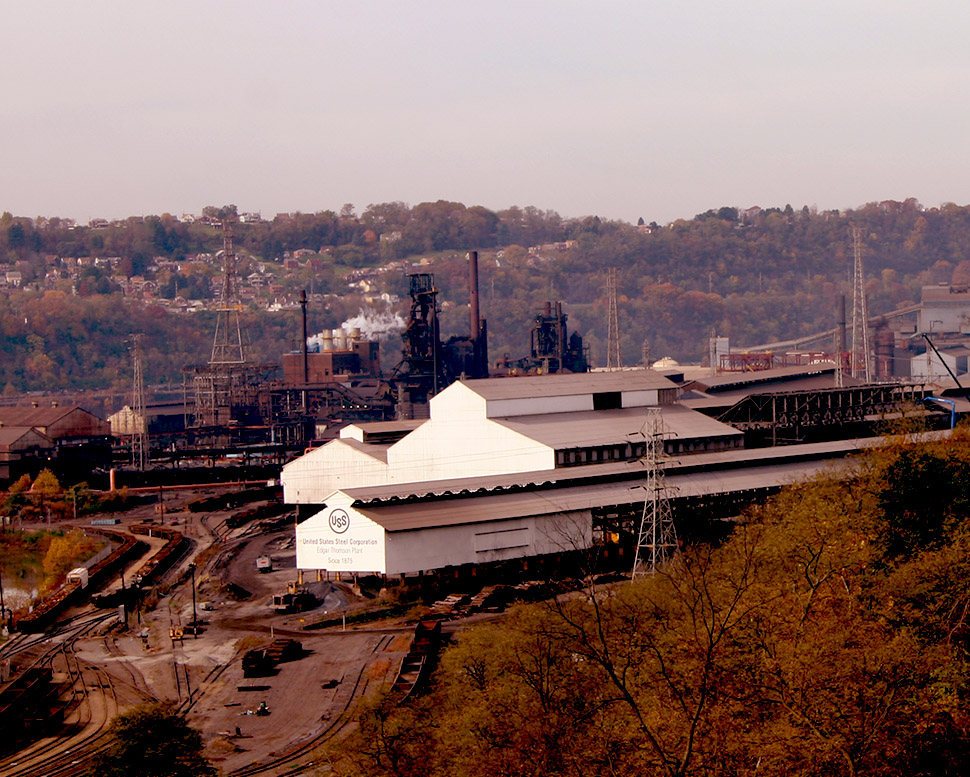Public School Staff at Risk For Asbestos-Related Diseases
Asbestos fibers are microscopic needle-like crystals that can cause serious health problems. If inhaled, they can impede the normal functioning of the lungs and other soft-tissue organs. Since the body cannot break down asbestos, the fibers often work themselves deeper into tissue until the infected area becomes inflamed and scarring (fibrosis) occurs.
While asbestos is no longer used as commercial building material today, most buildings, particularly schools built before 1980 are likely to contain asbestos. With these buildings degrading over time, exposed asbestos fibers have become a health risk to teachers, staff, and students alike.
Asbestos in Schools
Roughly half of all schools in the U.S. were built between 1950 and 1969. At that time, asbestos was added to virtually every building material to increase durability and fire resistance. The EPA estimates that there are asbestos-containing materials in most of the nation’s primary, secondary, and charter schools.
Materials that may contain asbestos:
- Ceiling tiles
- Vinyl flooring (including backing and glue)
- Wallboard
- Ductwork for heating and cooling systems
- Pipe wrap insulation
- Boiler insulation
- Cement sheets
- Textured paint or “popcorn” ceilings
Government’s Response to Asbestos Exposure in Schools
In 1986, Congress passed AHERA, the Asbestos Hazard Emergency Response Act, to protect students and teachers from asbestos exposure in school buildings. The act required public and private school districts to:
- Inspect buildings for asbestos-containing materials every three years
- Develop and maintain Asbestos Management plans
- Have a designated person to oversee asbestos activities
- All maintenance and custodial staff working in the building must receive at least two hours of asbestos awareness training
The EPA is responsible for the federal inspections in 29 states. Other states implement and oversee asbestos in school regulations or conduct assessments with EPA oversight and enforcement.
Products that contain asbestos do not pose a threat if left intact and undisturbed. But most of these materials are now deteriorating and can be easily damaged during negligent maintenance work or improper abatement procedures.
Asbestos Abatement
Qualified Asbestos Abatement professionals should repair any damaged areas by:
- Encapsulate or spray the material with a sealant to prevent fiber release
- Enclosure or place a barrier around the materials
- Removing asbestos
A 2015 EPA investigation into the management of asbestos hazards in school buildings revealed:
- The scope of asbestos hazards in schools is widespread but difficult to ascertain.
- States don’t appear to be systematically monitoring, investigating, or addressing asbestos hazards in schools.
- States do not report conducting regular inspections of local education agencies to detect asbestos hazards and enforce compliance.
- States do not report record-keeping activities intended to track asbestos hazard information of remediation activities in school.
If you have been diagnosed with an asbestos-related illness, contact Goldberg Persky and White P.C. today to file a claim and find out if you are entitled to compensation for your injuries.
Sources:
Ruderman Wendy; Laker Barbara; Purcell Dylan “Toxic City, Sick Schools” The Philadelphia Inquirer (2018) [Link]
“Consumers Guide to Asbestos” EWG Action Fund – Asbestos Nation [Link]
“The ABCs of Asbestos in Schools” EPA (2003) [Link]
Johnson, Greg, “The dangers of asbestos: What the Public should know,” Penn Today (2020) [Link]
Markey Edward J, “Failing the Grade: Asbestos in America’s Schools” (2015) [Link]




